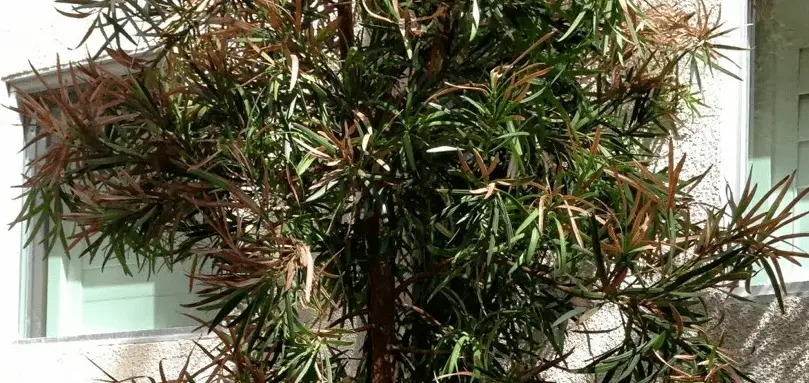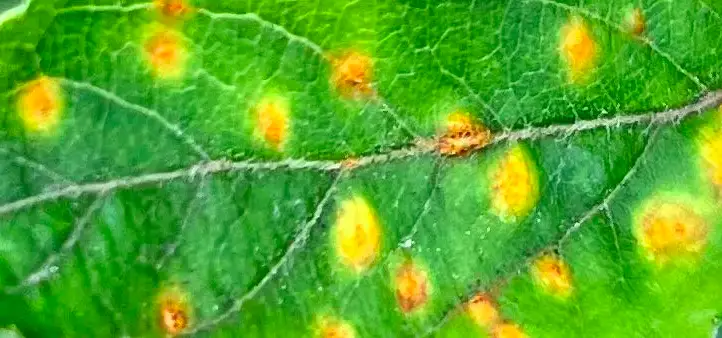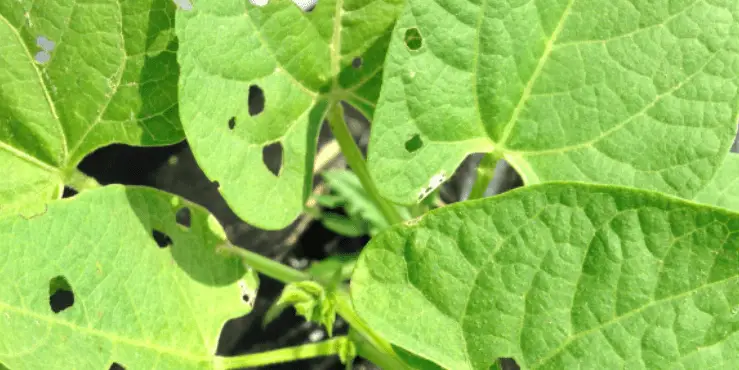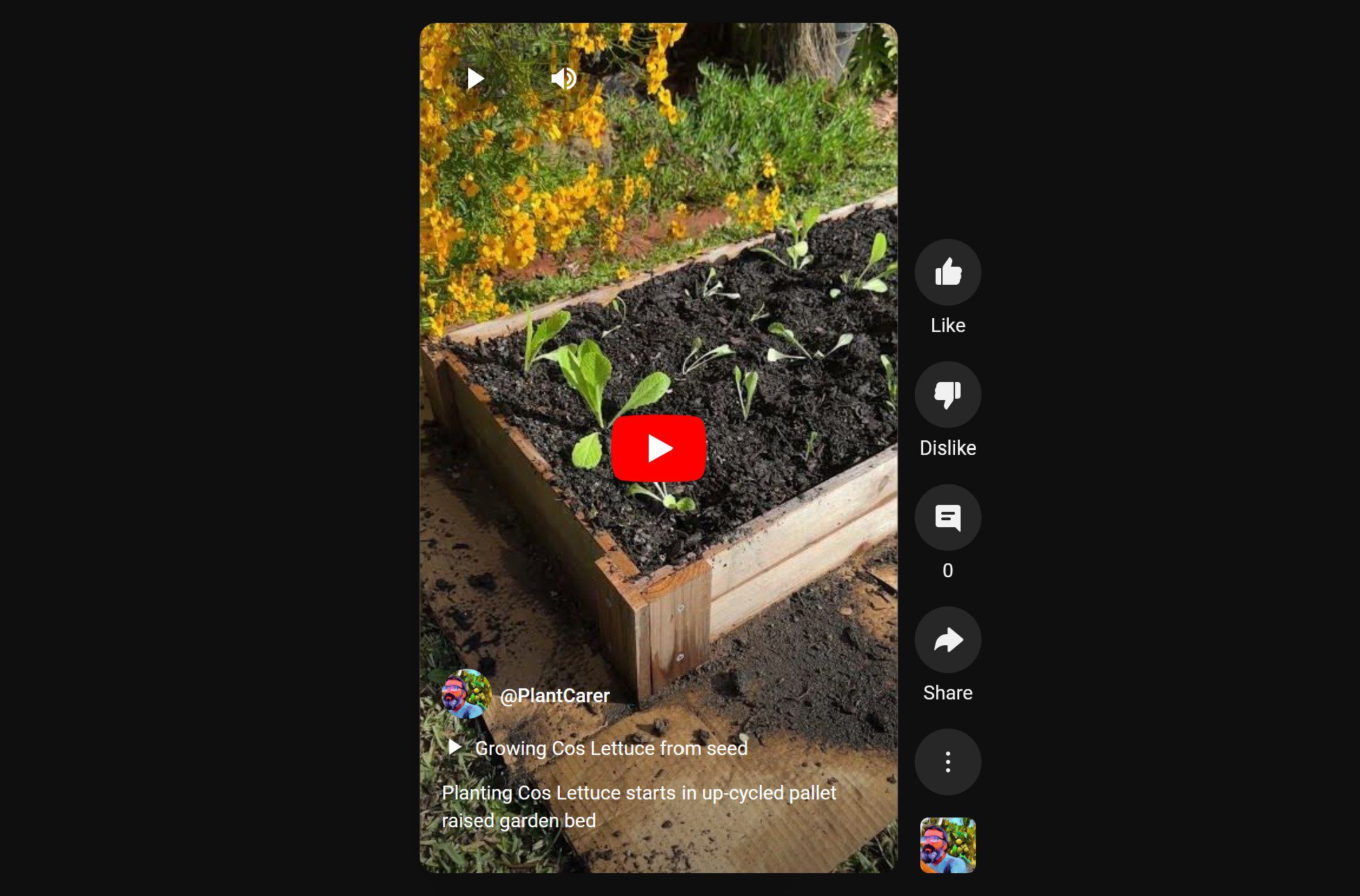The calla lily is a beautiful summer flower that people often grow in their garden. What many don’t know, however, is how to take care of them properly. One common problem with the calla lily is leaves turning yellow and dropping off.
In this blog post, we’ll go over some of the most common reasons for this problem and how to remedy it.
Why Are My Calla Lily Leaves Turning Yellow?
Your calla lily leaves are turning yellow due to an environmental stressor or too much water, but it may also be caused by not enough light.
Now I’ll dig a little deeper into each of these reasons. By the conclusion, you should have a greater understanding of what to do if your lily begins to turn yellow.
Yellowing from Overwatering
The calla lily is a water-loving plant, but it can drown easily in too much water. If the soil in your garden is always wet and water begins pooling at the base of the plant, it’s too much. The roots can’t breathe properly when they’re soaked all day long.
You should only ever let the top few inches of soil dry out before watering calla lily plants again during the summer months. If you’ve been giving your flowers too much water, the leaves will turn yellow and drop off.
I recommend only watering when the top few inches of soil are dry, which you can test by inserting your finger into the ground. If it feels moist, don’t water yet!
Too much water may even result in rotten roots, which can be fatal for your plant. If the roots are damaged, they can’t absorb water properly and the lily will begin to yellow from lack of nutrients.
Is important to take control of root rot quickly by removing the affected calla lily plant from its pot and washing off the roots. Cutaway any damaged parts with a pair of pruning shears, then repot in fresh soil that drains well.
Yellowing from Too Little Sunlight
A lack of sunlight is another reason why calla lily leaves turn yellow and fall off.
Don’t let your flower pot sit in the shade, as it will deprive the plant of vital sunlight that’s needed to photosynthesize and produce energy for growth. The flowers themselves also need a lot of light in order to blossom brightly.
When moving your calla lily outside for the summer, place it in a spot where it will receive partial sun. This means about six to eight hours of sunlight per day – more than that will be too much and may actually cause damage.
Be sure to rotate or turn your plant regularly as well so all sides get an equal amount of exposure to the sun.
A good sign that a lack of sunlight is the reason for yellowing is if the bottom leaves are more yellow than the top leaves. This shows that the sun wasn’t able to penetrate the top leaves, which was shading the bottom ones.
Yellowing from Environmental Stress
The final reason I’ll cover is environmental stress. This can be caused by things like temperature changes, pests, or disease.
For example, if you’ve recently moved your calla lily to a new location in the garden and its leaves are turning yellow, it could be due to transplant shock – moving plants around too quickly will cause them harm because they’re not used to the change in environment.
The plant will need time to adjust and adapt before it starts growing new leaves again, so try leaving it alone for a few weeks or even months if needed. Meanwhile, make sure you water only when necessary (when the top of the soil is dry).
If you’ve recently sprayed your calla lily with pesticides or other chemicals, this could be the reason why it’s turning yellow.
It takes time for plants to recover from chemical exposure because they absorb everything through their leaves and roots. Make sure you’re only using environmentally friendly substances if needed!
If your calla lily is affected by pests like aphids, snails, or mealybugs, the plant will have a harder time photosynthesizing and producing energy – so you’ll notice yellowing leaves.
In this case, I recommend using insecticidal soap to clean off any pests from the foliage without harming the plant itself. The key here is patience! Just give it time and keep your plants healthy by practicing good plant care.
Yellowing Calla Lily Leaves FAQ
Calla lily plants require unique care to thrive. As such, I will now answer some of the questions I get asked on a frequent basis (about the plant’s leaves).
Should I cut yellow leaves off my calla lily?
Yes, you should always cut off any leaves that start to yellow and die. These will be falling off on their own soon anyways, so we want to remove them before they fall into the soil and potentially become a source of disease for your plant.
Will the yellow leaves on my calla lily spread to other plants?
Only if your calla lily has a fungal disease. Otherwise, no.
Does the type of water I give to my calla lily matter?
Yes, you should always use clean, fresh water that is not too acidic or alkaline. Also avoid tap water as it can carry harmful chemicals that are bad for your plants.
Will too little light cause my calla lily to turn yellow?
Yes, if your calla lily is not receiving enough sunlight it will start to yellow and die. Make sure you place your plant in a spot that receives at least six hours of sun per day for optimal growth.
Will too much water cause my calla lily to turn yellow?
Yes, if your calla lily is receiving too much water it will start to yellow and wilt. Make sure you only water your plant once the soil has completely dried out before watering again (approximately every two weeks).
Will yellow calla lily leaves turn green again?
No, it is very unlikely that the yellow leaves will ever turn green again. If you notice that your calla lily is developing new growth and it looks healthy, then this old yellow foliage should be removed to ensure optimal plant growth.
Conclusion
In conclusion, there are many reasons why a calla lily plant would start to produce yellow leaves.
The most common is lack of sunlight or too much water, but you should always consider the potential for disease as well!
By following my guidelines and using good plant care practices, your calla lilies will thrive throughout the entire year. I hope you found this blog post helpful and informative!
Tim is an avid gardener from the UK. He was the founder of PlantCarer.com from 2021 to Sep 2023. He sold PlantCarer.com to Aaron. He has since started his own business called Seed To Supper, which provides new gardeners all the materials you need in a box (pots, seeds, compost and instructions) to grow your own delicious and nutritious vegetables and herbs from start to finish – no garden required.









0 Comments